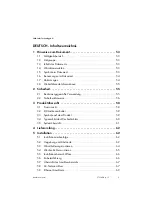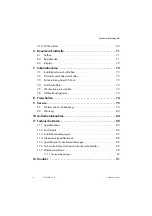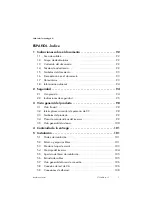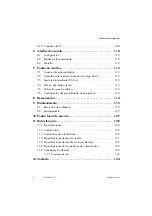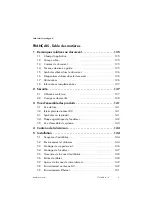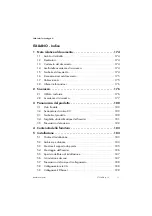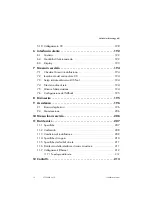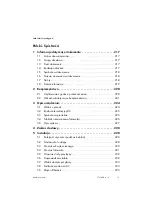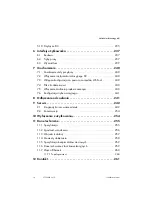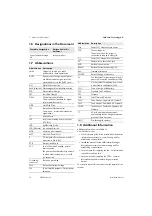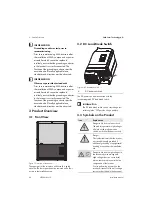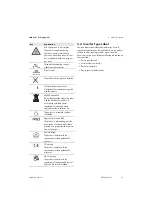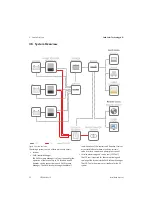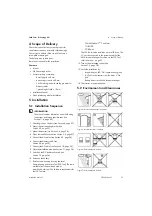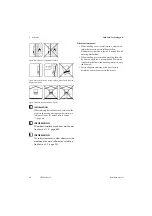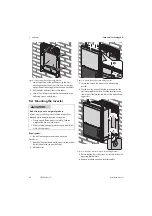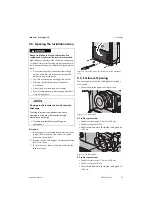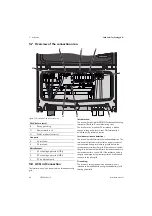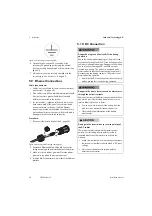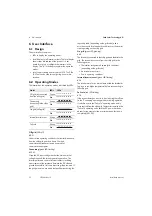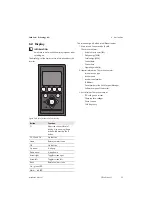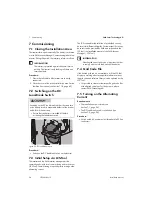
SMA Solar Technology AG
2 Safety
Installation Manual
STPS60-IA-xx-13
19
Danger to life due to electric shock from destruction
of the measuring device due to overvoltage
Overvoltage can damage a measuring device and result
in voltage being present in the enclosure of the measuring
device. Touching the live enclosure of the measuring
device results in death or lethal injuries due to electric
shock.
• Only use measuring devices with a measurement
ranges designed for the maximum AC and DC
voltage of the inverter.
Danger to life due to fire or explosion when
batteries are fully discharged
A fire may occur due to incorrect charging of fully
discharged batteries. This can result in death or serious
injury.
• Before commissioning the system, verify that the
battery is not fully discharged.
• Do not commission the system if the battery is fully
discharged.
• If the battery is fully discharged, contact the battery
manufacturer for further proceedings.
• Only charge fully discharged batteries as instructed
by the battery manufacturer.
Risk of burns due to hot components
Some components (e.g. heat sink) inside the inverter can
become hot during operation. Touching hot components
can cause burns.
• The inverter is to be installed in such a way that hot
components cannot be touched.
• After opening the product, wait until the components
have cooled down.
• Wear suitable personal protective equipment for all
work on the product.
Damage to the inverter due to electrostatic
discharge
Touching electronic components can cause
damage to or destroy the inverter through
electrostatic discharge.
• Ground yourself before touching any
component.
Damage to the enclosure seal in subfreezing
conditions
If you open the inverter when temperatures are
below freezing, the enclosure seals can be
damaged. This can lead to moisture entering the
inverter.
• Only open the inverter if the ambient
temperature is not below -5°C.
• If a layer of ice has formed on the enclosure
seal when temperatures are below freezing,
remove it prior to opening the inverter (e.g. by
melting the ice with warm air).
Damage to the inverter due to sand, dust and
moisture
Sand, dust and moisture penetration can damage
the inverter, thus impairing its functionality.
• Only open the inverter if the humidity is within
the thresholds and the environment is free of
sand and dust.
• Do not open the inverter during a dust storm or
precipitation.
• Close the inverter in case of interruption of
work or after finishing work.

